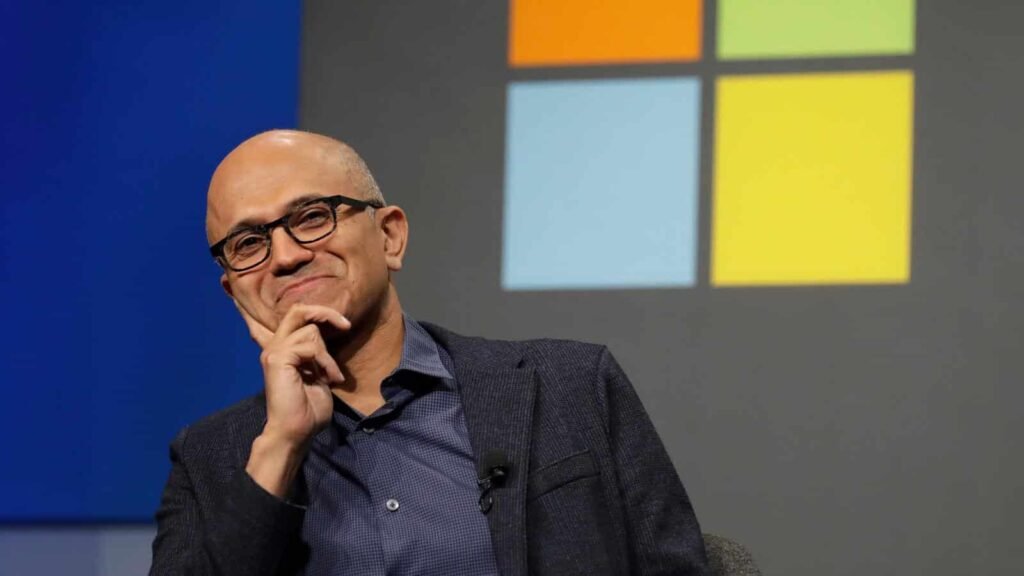- Leadership Foundry
- Posts
- Vision in Action: How to Translate Big Ideas Into Decisions
Vision in Action: How to Translate Big Ideas Into Decisions
Vision without execution is just hallucination.
“Vision without execution is just hallucination.”
– Thomas Edison

It’s easy to talk about vision. The challenge? Turning that vision into meaningful, everyday decisions. The space between dreaming and doing is where leadership either shines—or collapses.
In today’s volatile, fast-paced environment, leaders must master the skill of translating visionary thinking into actionable steps. Without that translation, even the most inspiring goals remain stuck on PowerPoint slides.

What Is Vision—And Why Most Leaders Misunderstand It
Vision is your future-focused compass—it defines where your organization is going and why it matters. It isn’t a to-do list or strategy playbook.
We often hear the term “vision” thrown around in leadership circles. But what is it—really? Let me explain the four basic terms that we often mix up!
Vision is the “why” and “where”—the destination you're working toward.
Strategy is the “how”—the overarching plan to reach that destination.
Tactics are the “what”—concrete activities supporting your strategy.
Tasks are the “now”—the daily steps that make everything move forward.
When you confuse these elements, your leadership gets fuzzy. And in the absence of clarity, alignment disappears, teams become frustrated, and innovation stalls.
Confusing these leads to scattered actions and disengaged teams. Clear leaders keep these distinctions sharp, and as discussed in Leadership Development Strategies for 2025, the ability to break down complex goals into agile, bite-sized decisions is a hallmark of modern leadership. Read more on aligning long-term leadership goals in From Vision to Legacy

The 3 Barriers to Bringing Vision to Life
Even seasoned executives fail to bridge vision and execution due to three common traps:
1. Overwhelm: Too Much - Too Soon
When a vision feels too big, teams freeze. Leaders overload their agendas without clear prioritization. Result? Burnout, paralysis, and frustration.
A bold vision excites leaders—but without strategic clarity, it overwhelms teams. Leaders who don’t prioritize or simplify will create noise instead of momentum.
As we discuss in High-Performing Leaders Don’t Just Work Hard—They Work Smart, focused execution is what separates successful visionaries from “idea people.”
2. Miscommunication: The Fog Between Vision and Task
The message may start clear, but layers of management dilute it. Most employees don’t struggle with big ideas—they struggle with understanding what to do today.
That’s why emotional clarity is crucial. In How to Build Emotional Intelligence as a Leader, we explore how empathy and clear communication tools can help bridge this gap.
3. Misalignment: When Daily Actions Don’t Add Up
A disconnected strategy turns vision into vapor. When day-to-day tasks don’t map back to your core vision, people lose motivation—and the results show it.
The Vision-to-Action Framework
To succeed, you need a simple, repeatable structure that keeps vision grounded in daily action.
Vision ➝ Strategy ➝ Tactics ➝ Tasks
1. Vision → Strategy
Begin with your destination. Where are you headed in 1, 3, or 5 years? Your strategy is the vehicle that gets you there.
"Your vision isn’t just your destination—it’s the story you’re asking others to join."
Explore how to shape legacy-level leadership in From Vision to Legacy
2. Strategy → Tactics
Break down strategy into core focus areas: innovation, customer experience, team development, and more.
For instance, AI-powered leadership is a strategy many companies adopt today. Tactics might include automating feedback loops or using AI-driven decision dashboards.
3. Tactics → Tasks
This is where the real magic happens. Align each tactic with specific projects or workflows, and assign clear, achievable tasks.
Tools to Turn Vision Into Action
Modern leadership thrives on clarity. These tools help translate high-level intent into executable actions:
1. Vision Boards
Use visual representations to align teams on purpose. A shared visual is far more effective than a 10-page strategy document.
2. OKRs (Objectives and Key Results)
Create clarity and accountability. OKRs force prioritization and make success measurable.
3. Agile Dashboards
Use tools like Trello or Asana to track sprints. Fast-paced, transparent planning beats traditional Gantt charts.
4. Daily Decision Filters
Create a set of questions like:
Does this move us toward our vision?
Is this the best use of our energy?
Is it aligned with team goals?
These questions are especially helpful when managing ambiguity—something we dive deeper into in Mastering Change Management

Satya Nadella’s Visionary Execution at Microsoft
When Satya Nadella became CEO in 2014, Microsoft was falling behind. He articulated a compelling new vision: “empower every person and every organization on the planet to achieve more.”
Strategy: Prioritize cloud, transform company culture.
Tactics: Launch Azure, flatten hierarchies, embed learning culture.
Tasks: Weekly scrum meetings, AI bootcamps, OKRs for team leads.
By applying the vision-to-action framework, Nadella tripled Microsoft’s valuation and revitalized employee culture.
Learn how future-ready leaders are evolving in AI is Transforming Leadership in 2025

Build Your 30-Day Vision Execution Plan
To help you get started, here is a free, downloadable 30-Day Vision Execution Planner. Click here to download your free planner and activate your leadership.
Leaders and managers should adopt the 30-Day Vision Execution Planner tools because they provide a logical edge in a world where 70% of strategic initiatives fail due to poor execution (Harvard Business Review). This planner is perfect for both new and experienced leaders ready to make their vision real—step by step.
Vision Mapping Worksheet: Define long-term goals and leadership aspirations by outlining what success looks like in areas like personal leadership, team performance, and organizational growth.
OKR Setup Template: Convert your vision into actionable monthly objectives with measurable key results, ensuring alignment with your broader goals.
Daily Task Tracker: Break OKRs into focused daily actions to maintain accountability and drive consistent progress.
Weekly Alignment Checklist: Reflect every Friday to assess progress, spot blockers, and adjust plans for the upcoming week.
Dashboard Snapshot Template: Visualize team progress using tools like Trello or Notion, boosting communication and keeping everyone aligned.
These tools, part of the 30-Day Vision Execution Planner (or just click on the image below) by Leadership Foundry, work together to transform your vision into reality, step by step. Let me know if you’d like further adjustments!

Why It Matters Now More Than Ever
Vision isn’t just about where you want to go—it’s about giving others a reason to follow. In a time when change is constant, alignment is elusive, and employee engagement is fragile, a clear line between vision and daily action isn’t optional—it’s essential.
Great leadership is not about complexity. It’s about clarity.
Are you leading with purpose—or just managing motion?
Further Reading:
External References:
Harvard Business Review: Aligning Teams Around a Shared Vision
McKinsey: Vision, Strategy, and Capabilities
IDEO: Design Thinking for Strategy
Reply